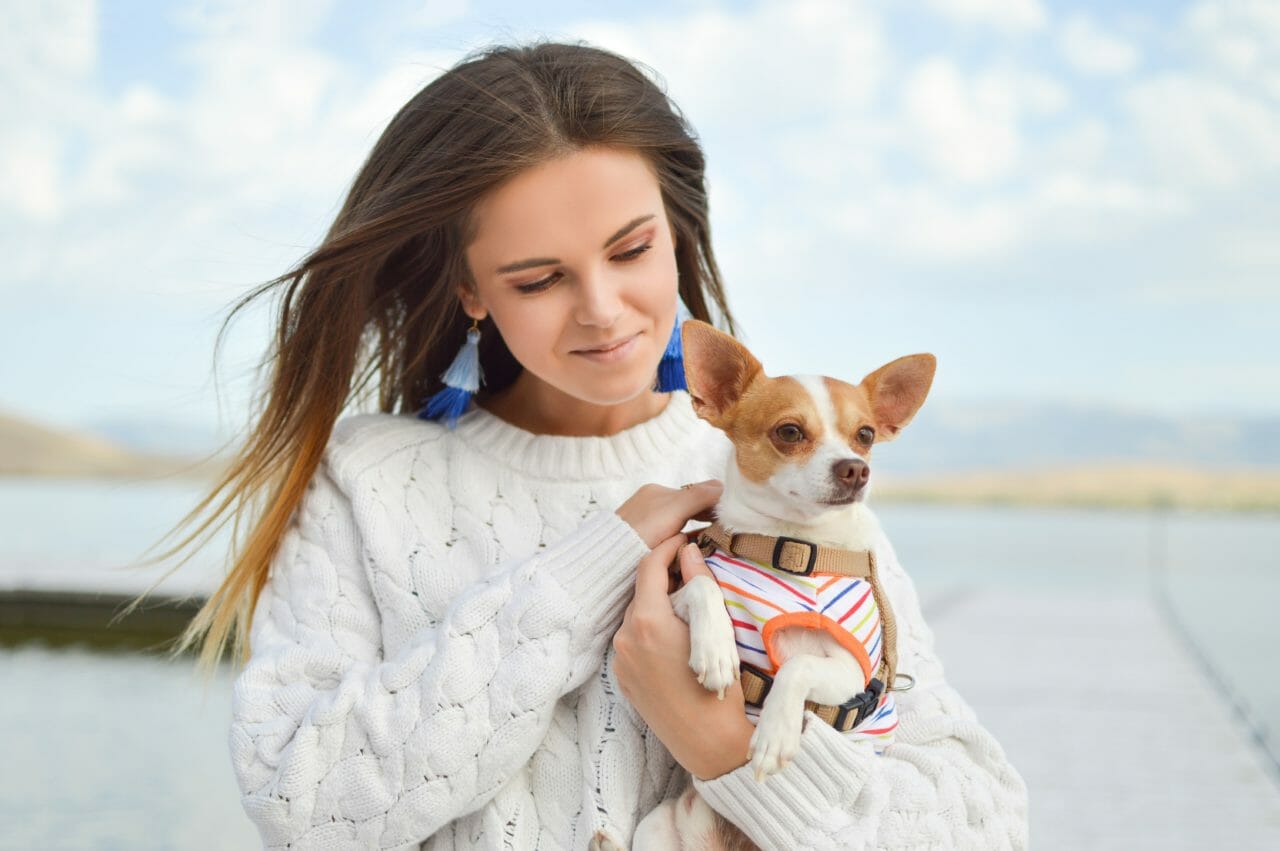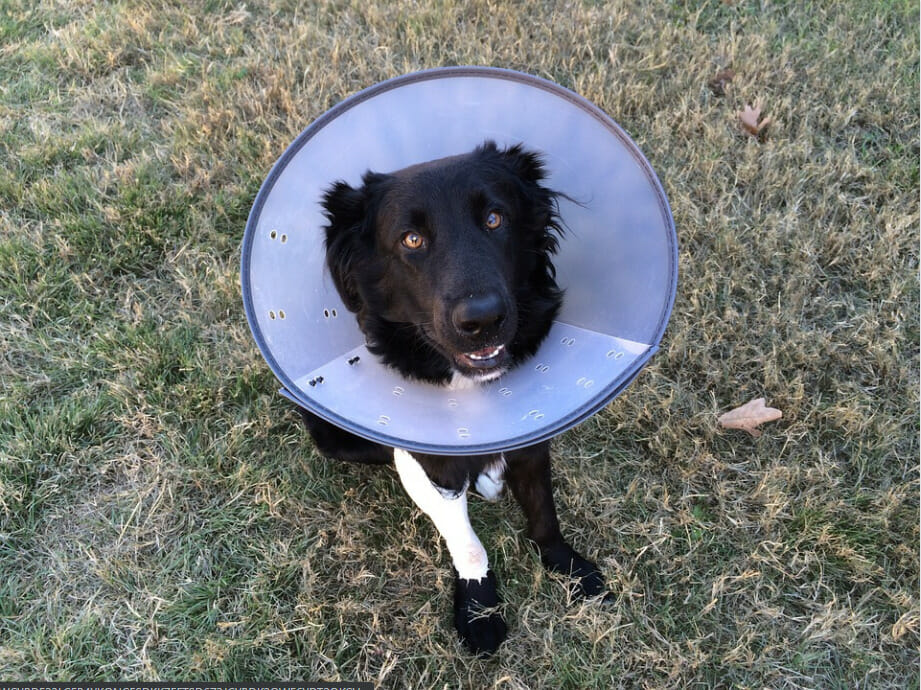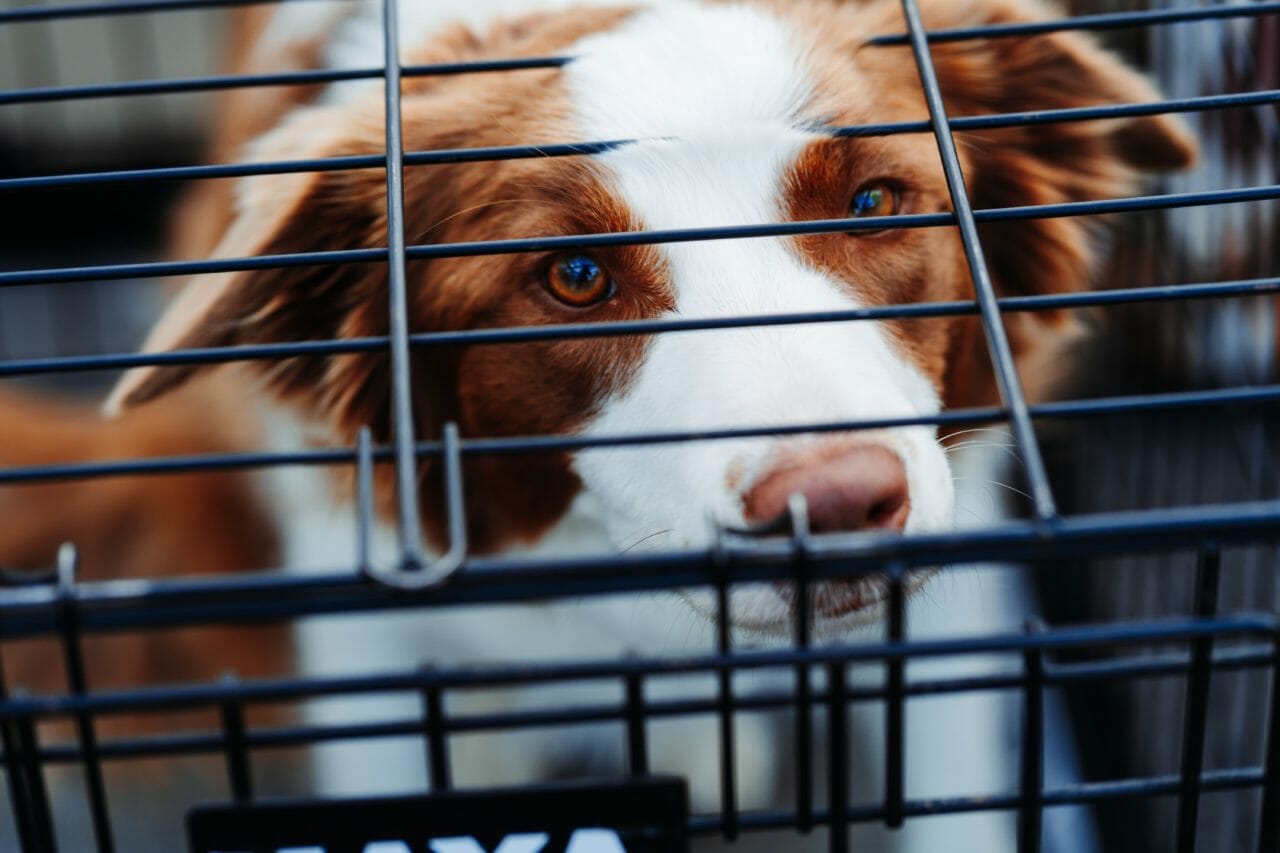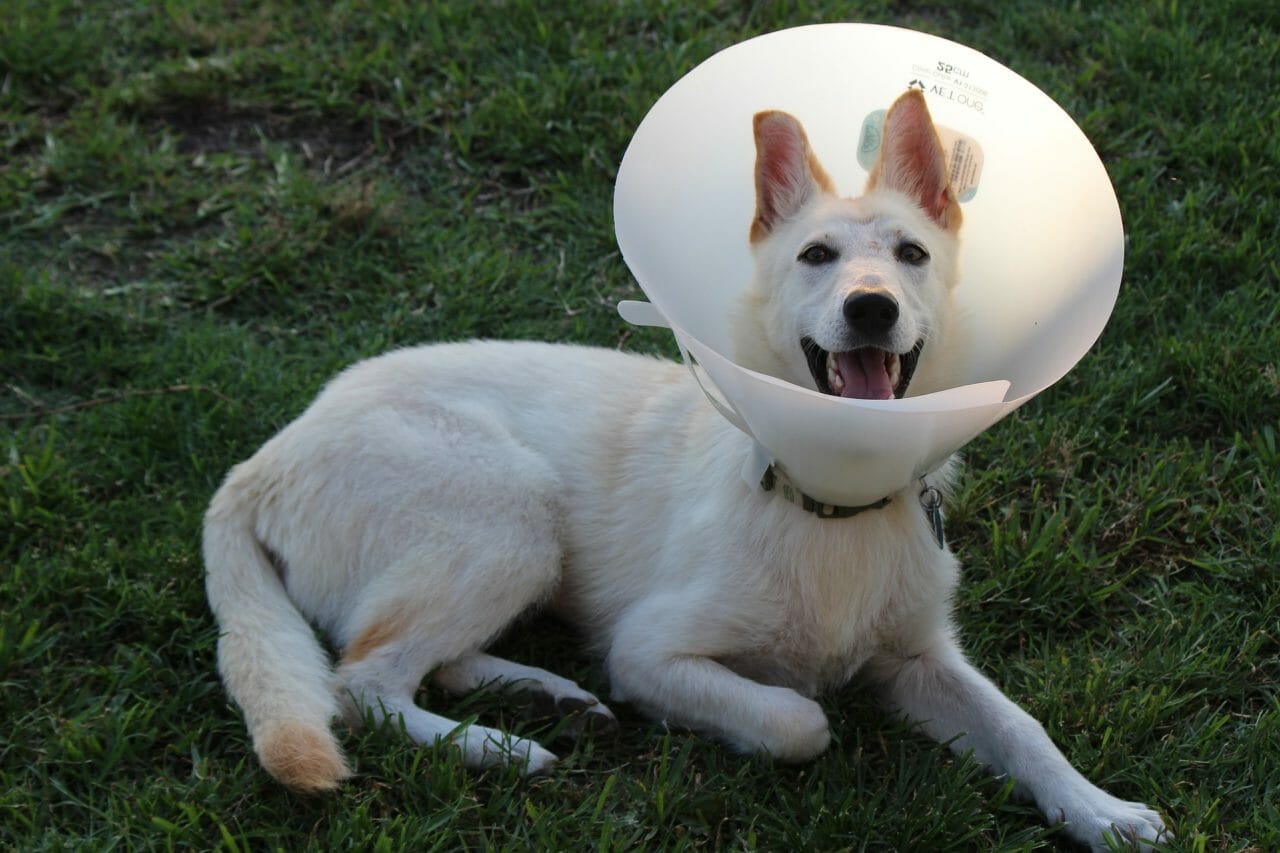Getting your dog back to full strength to enjoy those walks is priority number one.
If you’re like most dog owners, you’re probably anxious about the prospect of getting your dog spayed. Spaying is a common and important procedure for female dogs, and it comes with a few critical post-operative instructions that you’ll need to follow.
Recovery times vary depending on the individual dog and the surgery itself, but in general, there are some basic guidelines you can follow to ensure your pet has a smooth and comfortable recovery.
This article provides an overview of the surgery itself and answers questions about getting your dog back up and walking after surgery.
What Is Spaying?
Spaying is the surgical removal of a female dog’s ovaries and uterus. The procedure is also called an “ovariohysterectomy.”
There are 2 types of spay surgery:
Traditional Surgery
This involves making one large incision in the dog’s abdomen and removing the ovaries and uterus through this single opening.
Laparoscopic Surgery
This less invasive surgery removes only the ovaries through 2 small incisions in the dog’s abdomen.
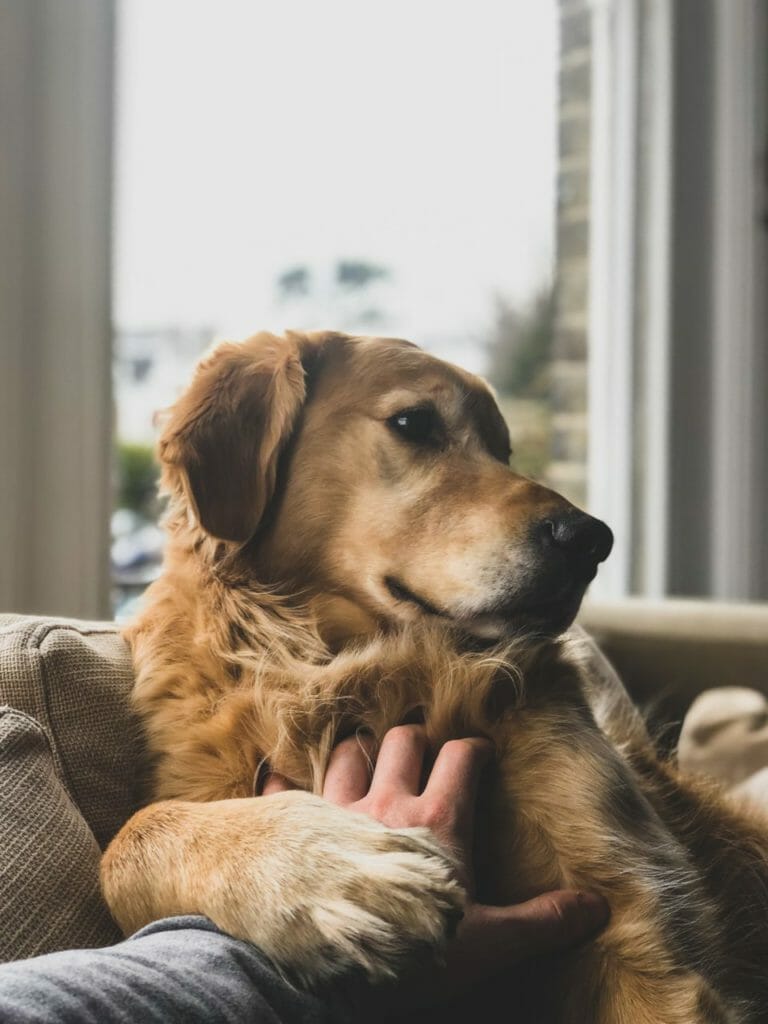
The best type of spay surgery for your dog depends on her age, health, and the veterinarian performing the surgery.
Spaying is a common surgery for female dogs and has many benefits, including:
- A minimized risk that your dog will develop certain types of cancer
- Preventing unwanted puppies
- Decreased aggression
- Eliminating your dog’s heat cycles
Spay Surgery Risks
As with any surgery, there are some risks associated with spaying. The most common complications are minor and include things like bleeding and the possibility of infection. These can both be taken care of with medication and rest.
Can I Walk My Dog After a Spay?
There will be a waiting period after your dog is spayed but how long depends on a few factors, including your dog’s age, size, and overall health.
In general, it’s best to wait at least two weeks before taking your dog for a walk. This gives her time to heal and ensures she doesn’t put too much strain on her incision site. If your dog is older or has other health conditions, you may need to wait even longer. It’s always best to check with your veterinarian before taking your dog for a walk after surgery.
When you take your dog for a walk, make sure it’s short and leisurely. Avoid any hills or rough terrain that could put too much strain on her incision. The type of surgery your dog has will also affect how soon she can start walking again.
Dogs with traditional spay surgery may need to wait longer before walking because the incision is large and takes longer to heal. Dogs with laparoscopic surgery generally recover more quickly and can start walking sooner.
Be on the lookout for side effects from the anesthesia. It’s not uncommon for dogs to be tired and sluggish for the first few days after surgery. If your dog is showing these kinds of signs, walking will have to wait.
What Happens if I Walk My Dog Too Early After the Surgery?
Complications can occur if you walk your dog too early after the surgery.
These include:
- The incision site may open
- Bleeding can occur
- Infection becomes more likely
All of these conditions can be painful for your dog and may require additional treatment. It’s important to follow your veterinarian’s instructions and wait until they give you the okay before walking your dog again.
Post Surgery: What Should You Know?
Immediately after the surgery, your dog will be taken to a recovery area where she will be monitored for any complications.
Once she is awake and alert, you’ll be able to take her home. At home, it’s important to:
- Create a quiet and comfortable environment for your dog to recover
- Keep an eye on her incision site. The area should be clean and dry at all times.
- Fit your dog with a cone to prevent her from licking or scratching at the incision.
How Do I Help My Dog Recover After Spay Surgery?
The best way to help your dog recover after spay surgery is to give her plenty of rest.
- Keep her in a quiet environment away from other pets and children.
- Make sure she has a comfortable place to sleep
- Make it easy for her to access food and water.
Your dog may need to wear a cone to prevent her from licking or scratching at the incision. Getting the right cone is important. It should be functional and comfortable. Keep an eye out for many new cones that often have cushion padding around the neck area to keep your dogs fur and skin from rubbing against plastic.
We touched upon these facts earlier, but they can’t be stressed enough:
- Regularly check the incision site. Be sure it’s clean and dry.
- Watch for any signs of infection. Look for redness, swelling, or discharge.
- Follow your veterinarian’s instructions. Properly administering the prescribed medication will help your dog recover.
The most important thing to help in recovery is showing your pup lots of love. Make sure she knows that you’re there for her and that you’ll take care of her.
This extra attention will help her feel relaxed and minimize stress during the recovery process. Lots of treats can also help make her feel happy.
Should My Dog Avoid Stairs During Her Recovery?
Yes, your dog should avoid stairs during her recovery.
Going up and down the stairs can put too much strain on her incision site.
If you have a multi-level home, you may need to carry your dog up and down the stairs or keep her confined to one level until she’s at least going for short walks. Once you feel confident in her ability to move around, start slowly on the stairs and don’t let her run or jump until she’s fully healed in order to avoid any complications.
How Long Will My Dog Be in Discomfort After the Surgery?
Most dogs recover quickly and are back to their normal selves within a few days.
However, some experience discomfort for up to two weeks. This is normal and will gradually improve as she heals.
If your dog seems to be in pain or is not improving after a couple of days, contact your veterinarian, as your pup may need additional pain medication.
Final Thoughts
While spay surgery is very common for dogs, it can still be scary to watch your pup go through it. But by following your veterinarian’s instructions and taking care of your dog during her recovery, she’ll be back to normal in no time.
Many owners worry their dogs won’t be their normal selves after spay surgery but this is usually not the case. In most instances, dogs are just as playful and energetic as they were before the surgery.
The most important thing you can do is give her time to recover and heal properly before returning to normal activity levels.
RehabPet.com hopes this article has helped put your mind at ease about what to expect after your dog gets spayed. As always, if you have any concerns or questions, don’t hesitate to reach out to your veterinarian for more guidance.
